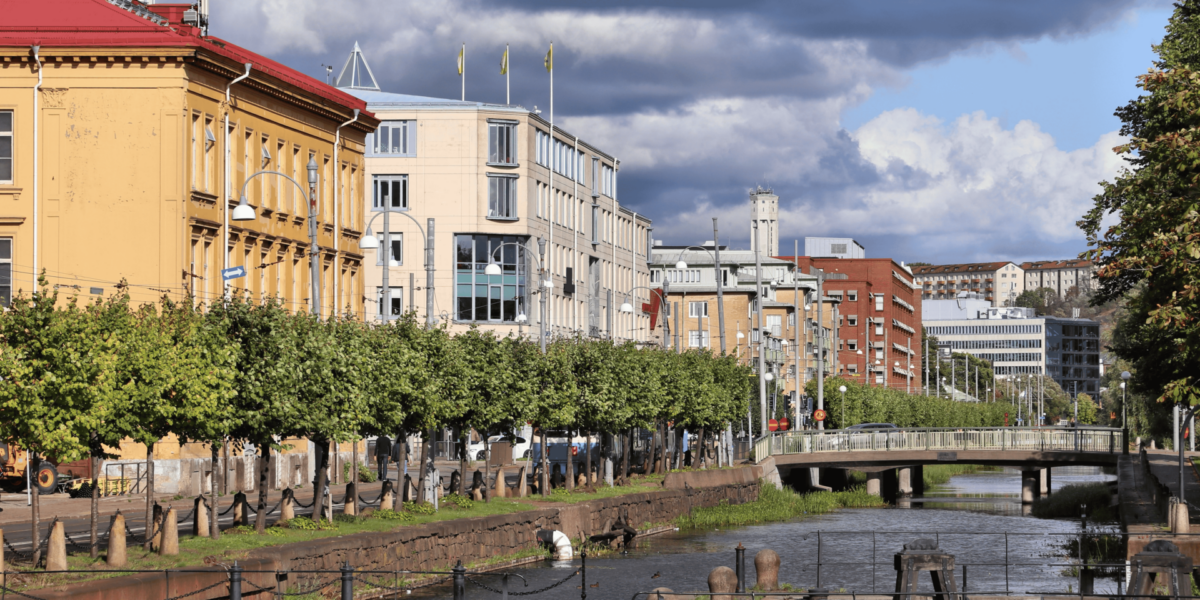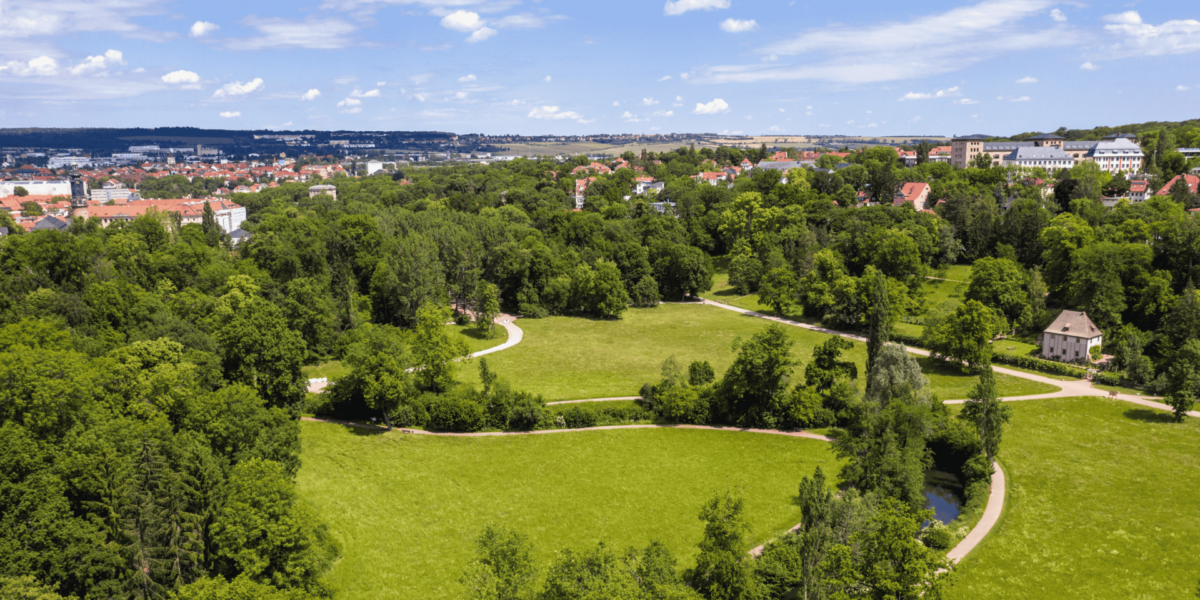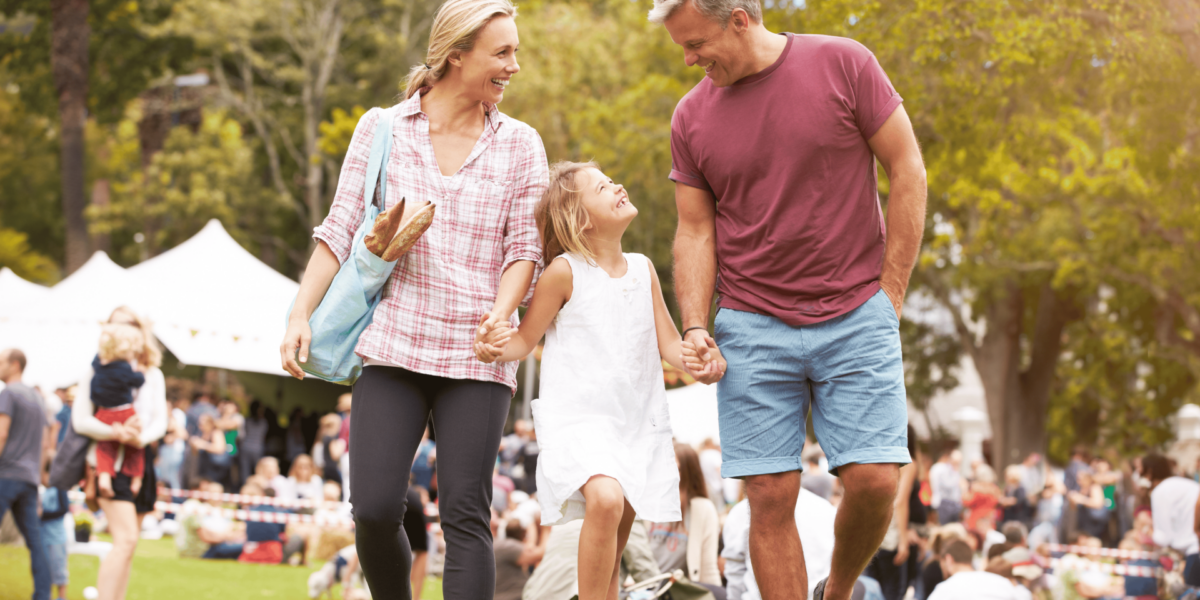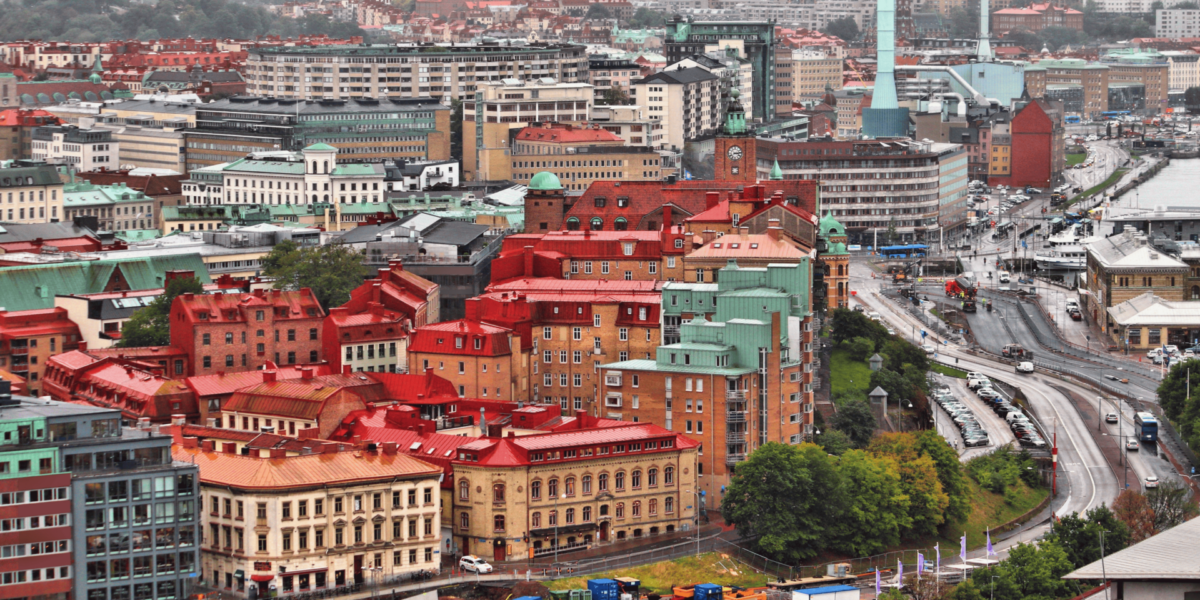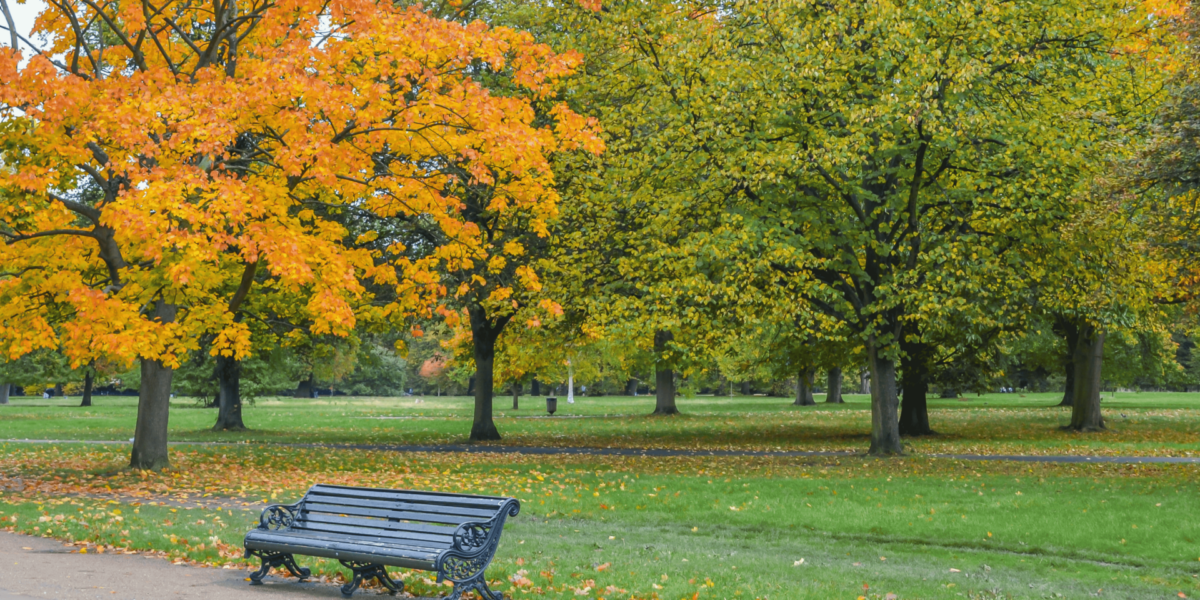Kviberg Park Offers a Unique Urban-Nature Balance
Kviberg Park blends modern city living with natural surroundings, creating a balanced lifestyle in one of Gothenburg’s most dynamic neighborhoods.
The area surrounding Kviberg Park has grown into a mixed-use space where residential zones, sports facilities, green spaces, and public services connect. Residents experience the benefits of urban infrastructure—such as transit access and retail—while living steps away from open landscapes and wooded trails. This balance makes Kviberg a rare example of integrated city planning in a growing urban environment.
Everyday Life Moves at a Walkable Pace
Kviberg Park supports a pedestrian-friendly lifestyle, with footpaths, bike lanes, and compact layouts that encourage walking over driving.
A resident leaves their apartment in the morning and reaches a nearby café or tram stop in minutes. Sidewalks remain clean and clear. Bike routes connect key areas without major traffic interruptions. Schools, shops, and services sit close together, making errands easy. This design reduces stress and allows people to spend more time outdoors, enhancing community interaction and promoting healthier routines.
Public Transit Enhances Local Mobility
Access to efficient public transit plays a central role in Kviberg Park’s appeal. Residents can reach central Gothenburg without needing a car.
Trams run frequently through the area, connecting Kviberg to key parts of the city. A commuter boards a tram heading downtown and arrives in under 20 minutes. The route passes through green corridors and quiet neighborhoods, creating a smooth transition from residential calm to urban activity. Reliable transit access expands opportunities for work, school, and leisure, all while reducing traffic congestion and emissions.
Green Space Shapes the Local Identity
Kviberg Park’s natural features are not background—they define the neighborhood’s atmosphere and shape its daily rhythm.
Tree-lined paths, open lawns, and forest edges surround residential areas. Residents use the green space for walking, jogging, or simply pausing between destinations. The park acts as a buffer from city noise, while still allowing quick access to urban services. Wildlife and seasonal changes give the area a sense of rhythm and connection to nature, even within the city grid.
Sports and Wellness Facilities Drive Community Life
Kviberg Park houses one of the largest sports complexes in Northern Europe, attracting both locals and visitors for training, events, and recreation.
A resident planning their evening workout chooses between indoor courts, a climbing wall, or a running loop. On weekends, tournaments and fitness programs bring diverse crowds into the area. These activities build connections between neighbors and visitors. The sports focus gives Kviberg an energetic atmosphere that supports both amateur and professional interests without feeling overcrowded or commercialized.
Residential Design Focuses on Function and Comfort
Housing in and around Kviberg Park reflects a modern approach to living, prioritizing smart layouts, energy efficiency, and access to outdoor areas.
A person enters their home and opens a door to a balcony that overlooks treetops and walking paths. Inside, the space uses natural light and neutral tones to create calm. The buildings are built with sustainable materials and efficient systems. Parking, waste sorting, and shared amenities are designed for ease. This approach to residential planning helps create a clean and welcoming environment for individuals and families alike.
Cultural Access Expands the Living Experience
Kviberg Park is more than a residential zone—it offers cultural and educational touchpoints that enhance the local experience.
Museums, art installations, and seasonal events take place throughout the area. A local family attends a food market during the summer, while students gather at learning centers near the old military grounds. These activities contribute to a sense of place and history while introducing new people and ideas into the daily environment. Cultural offerings in Kviberg are integrated into the lifestyle, not added as afterthoughts.
Connectivity Encourages Community Growth
Kviberg’s layout supports both personal privacy and neighborly interaction through its thoughtful use of shared space and connectivity.
Common areas include outdoor seating, small playgrounds, and indoor meeting rooms within residential buildings. A resident passes a neighbor while walking their dog, stops for a short conversation, and continues on their way. These micro-interactions build familiarity and trust. The neighborhood structure makes it easy to meet others without requiring organized social events.
Year-Round Activities Keep the Neighborhood Engaged
Kviberg Park adapts to all seasons, offering activities and environments that stay relevant throughout the year.
In spring, flower beds and tree blossoms line the walking paths. Summer brings outdoor fitness classes and open-air dining. Autumn fills the area with color and cooler air, perfect for long walks or bike rides. In winter, indoor sports facilities remain active, and the surrounding hills draw small crowds for sledding or snow play. This seasonal rhythm gives structure to the year and keeps the community engaged.
A Growing Area with Long-Term Value
Kviberg continues to grow, but the development model focuses on long-term livability instead of short-term trends.
New buildings are added with care, following guidelines that prioritize green space, traffic flow, and community integration. Schools and healthcare facilities are planned around demand, not pressure. A new resident moving into Kviberg finds the infrastructure already in place, not waiting to catch up. This approach builds long-term value for both property and lifestyle.
Kviberg Park Reflects the Future of Urban Living
Kviberg Park demonstrates how city living and nature can exist together without conflict. The neighborhood offers a clear example of intentional design, community health, and access to everyday essentials.
Living in Kviberg means waking up near a park, commuting without stress, staying active without needing a gym across town, and connecting with others without planning ahead. Every element—from the tram lines to the footpaths—is placed with purpose. As Gothenburg continues to expand, Kviberg Park stands as a model of balance, simplicity, and modern living within reach.
